Reading a newspaper on a slow morning with a coffee in hand just can’t be beat.
With everything online now (including the news), there’s something tangible and real about reading the news this way, letting you quietly catch up with the world at your own pace.
In the US, around 21 million newspapers, both print and digital, are distributed every day. And it’s estimated that 2.5 billion people regularly read newspapers.
Writing a news article can feel intimidating. Compared to writing a blog post that allows for personal voice and flexibility, news writing is a whole other ballpark.
This guide is here to help.
We’ll show you how to write a newspaper article that gets to the point and grabs attention from the start.
Key Takeaways
- A newspaper article is a factual report that’s written to inform readers about current events, issues, or stories that matter.
- Knowing how to write an article for a newspaper involves focusing on the 5Ws and H, keeping your tone neutral, and following the inverted pyramid format for clarity and flow.
- Newswriting stands apart from other types like persuasive or creative writing, which lean on personal opinions and expressive language. News focuses on clarity, objectivity, and delivering verified facts quickly and efficiently.
What Is Newswriting?
The goal of newswriting is to deliver the facts without fluff or opinion.
It often requires covering a wide variety of topics, such as politics, public safety, technology, natural disasters, and events.
Newswriting has an important role in keeping people informed and aware of what’s happening around them.
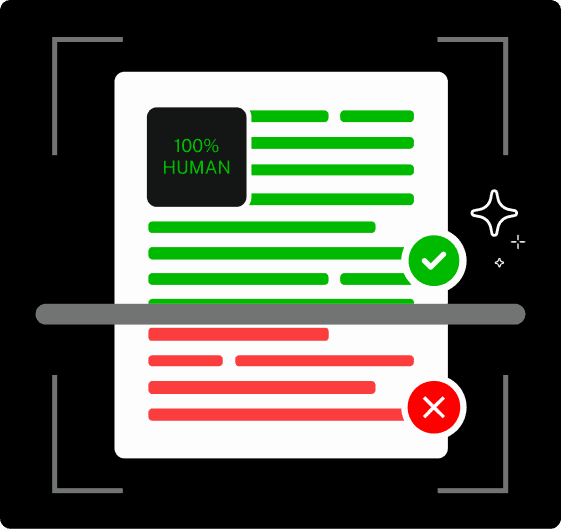
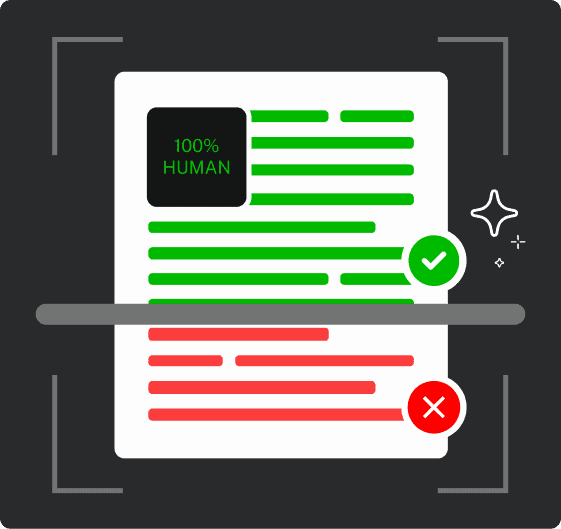
Never Worry About AI Detecting Your Texts Again. Undetectable AI Can Help You:
- Make your AI assisted writing appear human-like.
- Bypass all major AI detection tools with just one click.
- Use AI safely and confidently in school and work.
Read a news article, and you’ll instantly notice how much it differs from other types of writing.
Narrative writing, for instance, focuses on telling a story, while descriptive writing basically paints a picture with words.
Newswriting avoids all of those. It sticks to stating only factual information with clarity and structure.
What Is a Newspaper Article?
A newspaper article is essentially a factual report that’s written for publication, either in print or online. It aims to inform the reader quickly and clearly.
Unlike writing essays, newspaper articles don’t build a long argument or explore abstract ideas.
Instead, they focus on delivering the who, what, when, where, why, and how.
News articles are also more structured, consisting of a sharp headline, a strong lead that hooks attention, and short paragraphs that are easy to scan.
Well-written newspaper articles often include quotes from people involved, as well as verified sources.
Once you understand how a news article is put together, you’ll also realize how valuable it is to know how to pull out its key points.
Knowing how to summarize an article is helpful for anyone diving into newswriting.
Types of News Articles
Newswriting comes in different forms. Each one serves a different purpose but follows the same rule: report what matters.
Here are the most common types of news articles:
- Straight News / Breaking News: Covers recent or unfolding events. Focuses on facts, speed, and accuracy.
- Feature Articles: Give a deeper look into a person, topic, or issue. More narrative in tone, and can be published after the news breaks.
- Editorials: These reflect the opinion of the newspaper’s editorial team, often separated from factual reporting.
- Columns: Opinion pieces that are written by regular contributors. They often write in a consistent tone and style.
- Profiles: Stories that focus on individuals. These include personal background, achievements, and quotes.
- Reviews: These can be book reviews or reviews on food, movies, restaurants, events, and other topics. Also includes opinion, but still uses reporting.
As you can see, each article type requires a different approach, but they ultimately all rely on proper research and clear writing.

Image Source: Unsplash
Before You Start Writing: Know the 5 Ws and H
When writing a newspaper article, you should know the key 5Ws and H. Without them, your story will lack clarity.
You’ll need to take note of:
- Who – Who is involved? Who does this affect?
- What – What happened? What’s the story?
- When – When did it take place?
- Where – Where did it happen?
- Why – Why is it important or happening now?
- How – How did it happen or come to be?
When you know the answer to these basic questions, you’re on track. You’ll often see these answered in the first few lines of a proper news piece. Mastering them means you’re already thinking like a journalist.
Headline Writing: Grab Attention Fast
Your headline is the title of your article. Giving newspaper articles a title is different from, let’s say, giving a title to a book.
It’s the first thing people see, and also what determines whether they’ll click or scroll past.
Readers prefer simple headlines.
Try these headline tips:
- Be clear, not clever: Say what happened in plain words.
- Use punchy action verbs: “Wins,” “Calls Out,” “Confirms.”
- Keep it short: Under 10 words is a solid rule of thumb.
- Avoid clickbait: Be accurate and honest about what’s inside.
- Think like your reader: Know what would make you click.
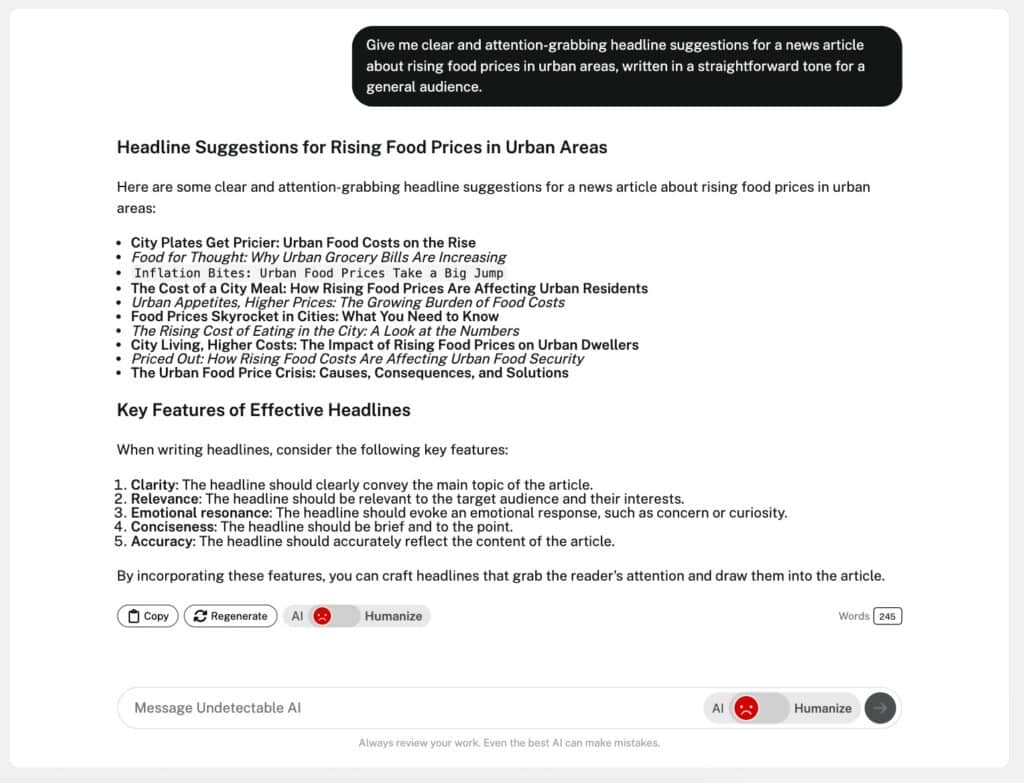
Need headline inspiration quickly? Use Undetectable AI Chat to brainstorm fast and catchy ideas and help you write titles that match your tone and topic.
Craft Headlines Like a Pro
Struggling to come up with strong, newsroom-quality titles? Try our Undetectable AI’s AI Title Generator — a tool designed to help you create sharp, professional headlines in seconds.
Whether you’re titling a breaking story, a local feature, or an editorial piece, it instantly suggests balanced, attention-grabbing options that sound authentic and on-brand.
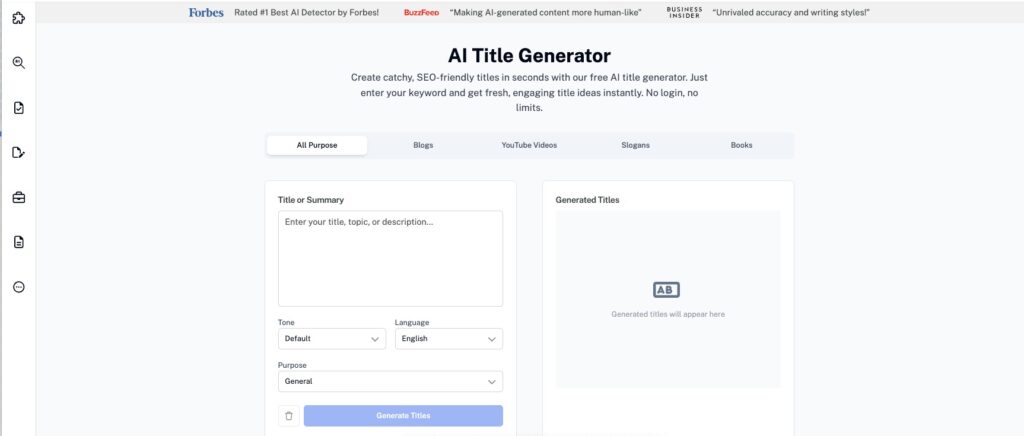
Just enter your topic or key details, and it generates headline ideas that feel natural to human readers and ready for print.
The Lead: Your First Paragraph Is Everything
The lead is your first paragraph. It needs to deliver. This is where you introduce the most important facts. If a reader were to only see the lead, they should still understand the story.
Let’s say you’re covering news of a wildfire. Your lead should say something like:
“A fast-moving wildfire burned through 2,000 acres of forest near Springfield early Tuesday, forcing hundreds of residents to evacuate.”
Good leads are short, focused, and factual. This is where you answer most of the 5 Ws and H.
Avoid starting with quotes or vague descriptions. Instead, tell the reader what’s going on.
The Body: Supporting Info and Quotes
The body is where the rest of your article goes. This adds depth to your news story.
Here, you explain in more detail the hows and whys of the topic.
Break your story into clear paragraphs. Each one should move the story forward.
Then, always add quotes from credible sources. Use real names and roles, and double-check that they’re accurate.
Balance different sides when needed. Facts should come from verified reports or interviews and should never be based on assumptions.
Lastly, keep your tone neutral. Avoid inserting any personal opinion or bias, especially when covering emotional or polarizing topics. Let the facts speak for themselves.
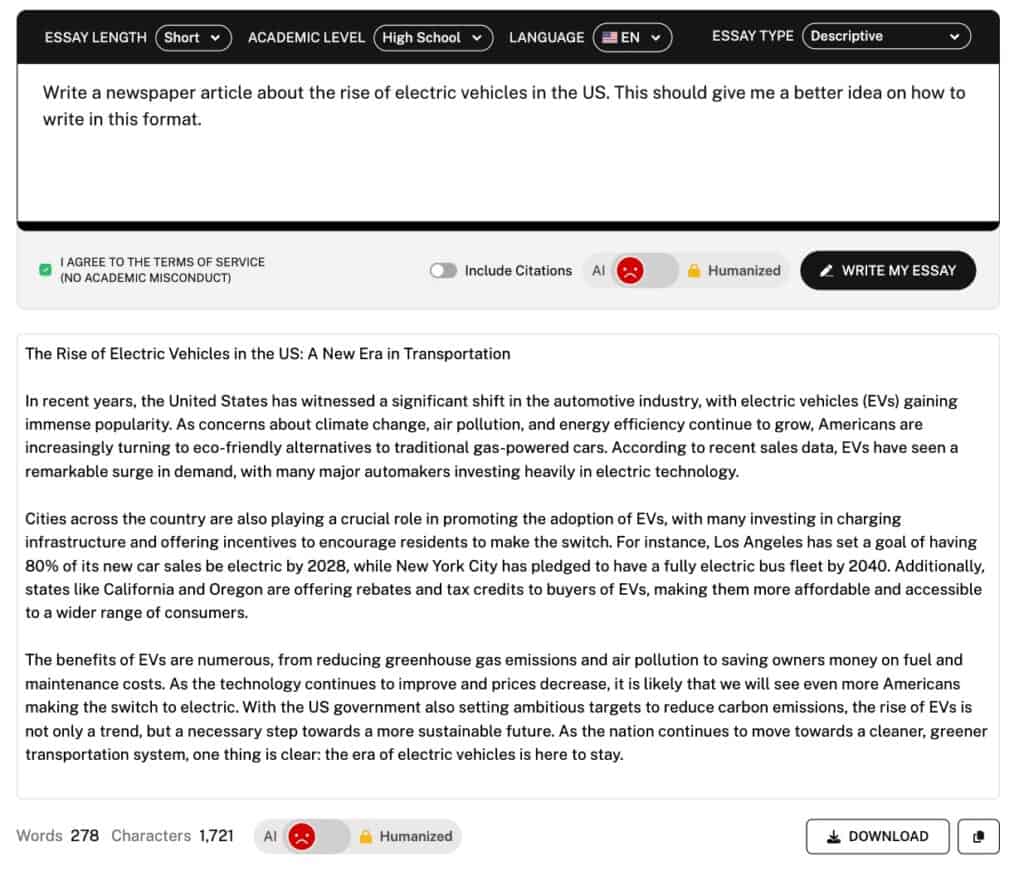
Try out our AI Essay Writer if you need help getting a full draft done. It gives you a solid structure that you can then fact-check, revise, and polish.
Inverted Pyramid Format: Why It Works
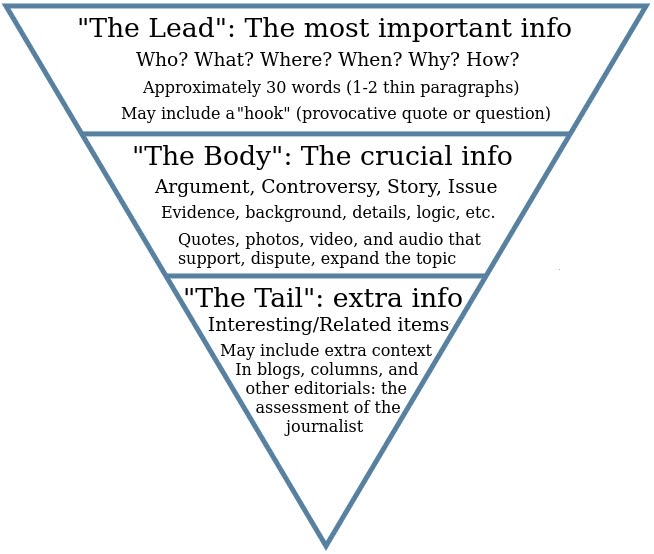
Image Source: The Ohio State University Pressbooks
Those who know how to write a newspaper article are already familiar with the inverted pyramid, a classic newswriting format.
It starts with the most important information at the top and gradually moves toward supporting facts and background details.
Think of it as giving your readers the answer right up front, and then walking them through the rest. We’ve already tackled the “Lead” and “Body” being key parts, but then there’s also the “Tail.”
The tail section is written to wrap things up nicely. This is where you place less urgent information like past events, any more related statistics, or minor details that supplement the piece.
While they’re helpful, they aren’t that essential if space is limited or the reader stops halfway.
The inverted pyramid format is effective because today’s readers skim.
Giving them the headline facts first respects their time and attention.
It also lets editors cut the article from the bottom up without losing the core of the story.
It’s a time-tested format still used by journalists and newsrooms around the world.
Attribution and Accuracy: Journalistic Integrity
Having journalistic integrity means reporting truthfully and fairly.
Remember that you have a voice, and it’s heard (or read) by many, so it pays to be responsible.
Here’s how to maintain it:
- Verify sources: Don’t use anonymous quotes unless it’s absolutely necessary.
- Cite your data: Mention where the info comes from.
- Avoid bias: Report facts and avoid personal opinions.
- Respect privacy: Don’t include names or details without cause.
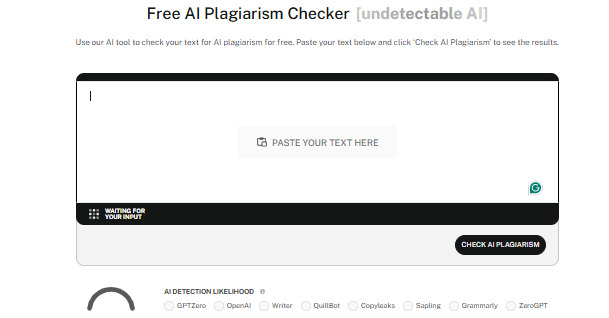
Before submitting your article, run it through the AI Plagiarism Checker. It checks for originality and gives you peace of mind that your work is clean and correctly attributed.
Editing and Proofreading: Tighten the Story
Drafts are meant to be polished.
Proofreading involves fixing spelling, grammar, and awkward phrasing. It’s a great combo with editing that sharpens your message and flow.
Here are quick tips to keep your content sharp:
- Read aloud: You’ll catch more errors this way.
- Cut the extra words: Concise is often better with newswriting.
- Double-check facts: Accuracy always comes first.
- Keep quotes real: Don’t over-edit speech.

AI is valuable, but it should still be used as a tool. That means that, as the writer, you should bring the judgment, tone, and final polish.
An AI Humanizer should be able to smooth out clunky phrases and improve readability, while keeping your journalistic voice intact.

Image Source: Pexels
Examples of Effective News Articles
There’s no better way to learn than by example. Here are two fictional news articles, great for giving you some inspiration as you learn to write your own.
Example 1: Community Clean-Up Drive
Who: Local volunteers and the City Environment Office
What: Organized a neighborhood clean-up drive
When: Saturday, June 15, 2025
Where: Lincoln Park and surrounding blocks, Chicago
Why: To improve public spaces and raise awareness about littering
How: Through coordinated efforts with over 150 volunteers, tools, and city support
Over 150 Volunteers Join Hands to Revive Lincoln Park in Weekend Clean-Up
Lincoln Park saw a wave of activity Saturday morning as more than 150 residents turned up with gloves and trash bags for a city-backed clean-up effort.
The event, organized by the City Environment Office, aimed to combat increasing complaints about litter and vandalism in the area.
“We wanted to create a safer, cleaner space for kids and families,” said project lead Tanya Morales.
Volunteers collected over 300 pounds of waste in just under three hours. The city provided tools and refreshments, while local businesses offered raffle prizes and discounts for participants.
Residents expressed gratitude for the initiative, noting visible changes right away. “It’s inspiring to see the community come together like this,” said Brian Lee, a local shop owner.
Example 2: Healthcare Policy Update
Who: US Department of Health and Human Services
What: Released new rules expanding Medicaid access
When: Announced on June 6, 2025
Where: Nationwide
Why: To address the coverage gap in low-income and rural populations
How: By revising eligibility guidelines and increasing state-level funding
New Federal Medicaid Rules Aim to Expand Coverage for 4 Million Americans
In a sweeping policy change announced Thursday, the US Department of Health and Human Services introduced revised Medicaid eligibility rules projected to cover up to 4 million previously uninsured Americans.
The updated guidelines reduce income thresholds and give states more flexibility in implementing expanded coverage. Secretary Janet Ellis emphasized the shift as “a significant step toward health equity.”
Experts say the move could especially benefit rural areas, where lack of access and provider shortages remain major challenges.
Critics, however, have raised questions about long-term sustainability and potential strain on state budgets.
States are expected to roll out the changes over the next six months, with federal support for transition and outreach campaigns.
Test our AI Detector and Humanizer now using the widget below!
FAQs About Writing Newspaper Articles
Can I use “I” or “we” in a news article?
No. News writing avoids first-person pronouns like “I” or “we” because these seem opinionated.
Articles should remain objective and focused on facts and not on personal opinions.
What’s the difference between a headline and a title?
A headline is a brief, attention-grabbing line that highlights the core message of the article. It’s designed for quick scanning.
A title, on the other hand, can be more general or creative and is often used in non-news formats like blogs or essays.
How long should a newspaper article be?
It depends on the outlet and type of story. Most standard news articles are 300 to 800 words.
The goal is to inform clearly and efficiently, without overwhelming the reader.
Can I write about something not trending?
Yes. While news reports are mostly timely, not all news has to be about trending topics.
Stories that highlight local events, personal achievements, or community issues can be just as valuable, especially for smaller publications or niche audiences.
Write Like It’s Hitting Tomorrow’s Paper
Writing a newspaper article takes clarity, structure, and an honest approach to the facts.
If you understand how to write a good newspaper article, you’ll be able to keep readers informed without overexplaining or losing their attention.
Every information you put in the article has a purpose. It’s your job to make each one count.
To support your writing, Undetectable AI offers tools to write smarter, not harder.
Whether you’re checking grammar, rewriting sentences, or making sure your tone stays neutral,
Undetectable AI lets you work faster and write with more confidence.
